What River are you Drinking?
We’re celebrating the source of our drinking water and learning what we can do at home and in our community to help keep it clean.
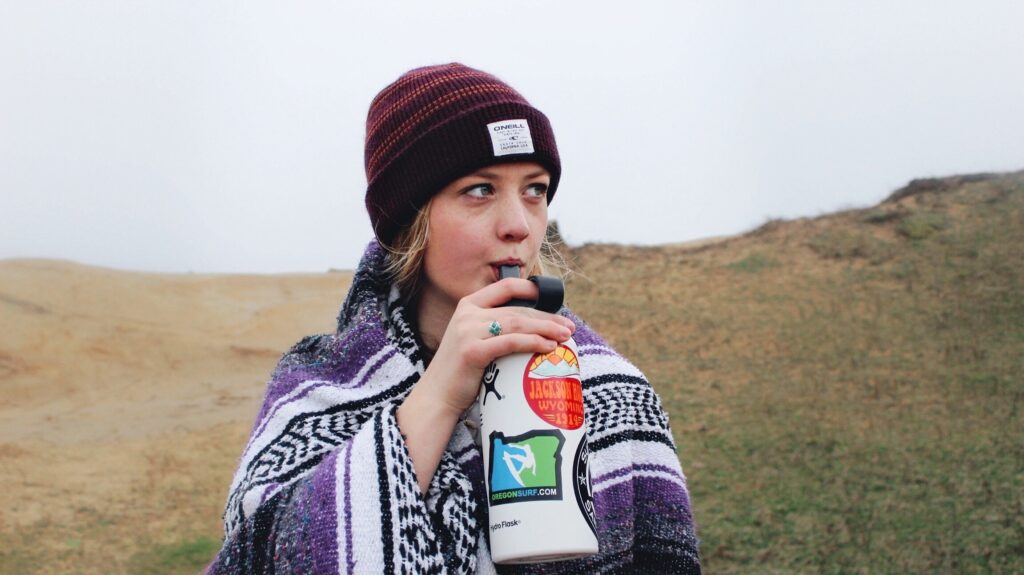
Did you know rivers and streams provide more than two-thirds of our drinking water supply? This means that the water that you drink, cook and shower with, and use to clean your clothes and dishes, might come from a river.
Let’s celebrate the source of our drinking water and learn what we can do at home and in our community to help keep it clean.
Where does your drinking water come from?
The Environmental Protection Agency’s Drinking Water Mapping Application to Protect Source Waters is a great place to start. There, you can learn where your local water utility is getting your drinking water from. For example:
- If you live in Seattle, your water comes from the Cedar and Tolt rivers, where surrounding forests help protect water quality.
- If you live in New York, your water comes from the Delaware River basin.
- The 3.2 million residents of Minnesota’s Twin Cities get their water from the Mississippi River.
- Most of metro Atlanta’s 4.1 million residents get their water from the Chattahoochee and Flint rivers.
- The lifeline of the Colorado River sustains more than 36 million people across seven states, from Denver to Los Angeles.
- Three fourths of the drinking water for the Washington, DC metro region comes from the Potomac.
How can you help your drinking water source?
Get your hands dirty!
Find a local river cleanup through our National River Cleanup map. Not seeing one near you? Create your own cleanup with help from the organizers handbook (we can even send you trash bags).
Local river organizations have a variety of events, from tree planting to invasive plant removals, all of which help the water quality in your river. Using River Network’s searchable map, you can find and connect with over 6,000 groups across the U.S. that are working on local rivers.
Catch the rain
Rain barrels, which attach to downspouts, catch rainwater which would otherwise flow into sewers and over dirty streets, carrying pollution into local streams. Rain gardens are an attractive way to collect runoff and encourage groundwater recharge. These approaches work in concert with nature to collect and filter runoff, reduce flooding, and minimize pollution in our rivers and streams, all while helping to save money and energy.
Reduce your use
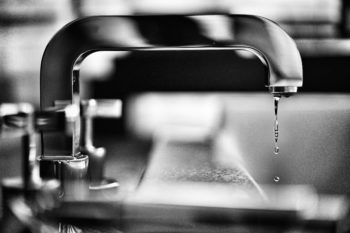
The average household’s leaks can account for more than 10,000 gallons of water wasted every year. | Pan Xiaozhen
One easy way to help protect your local rivers – use less of them! There are a few simple things you can do at home to ease the burden on your local water supply and save money in the process.
- Turn off the faucet while brushing your teeth.
- Only run the washing machine and dishwasher when you have a full load.
- Use a low flow shower head and faucet aerators.
- Fix leaks.
- Install a dual flush or low flow toilet, or put a conversion kit on your existing toilet.
- Don’t overwater your lawn or water during peak periods, and install rain sensors on irrigation systems.
- Install a rain barrel for outdoor watering.
- Plant a rain garden for catching stormwater runoff from your roof, driveway, and other hard surfaces.
- Monitor your water usage on your water bill and ask your local government about a home water audit.
- Share your knowledge about saving water through conservation and efficiency with your neighbors.
Every drop of water we drink connects us to a river. Together, we can make a difference for our rivers, ensuring clean water supplies for generations to come.

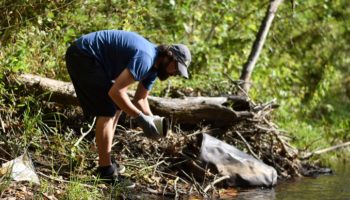

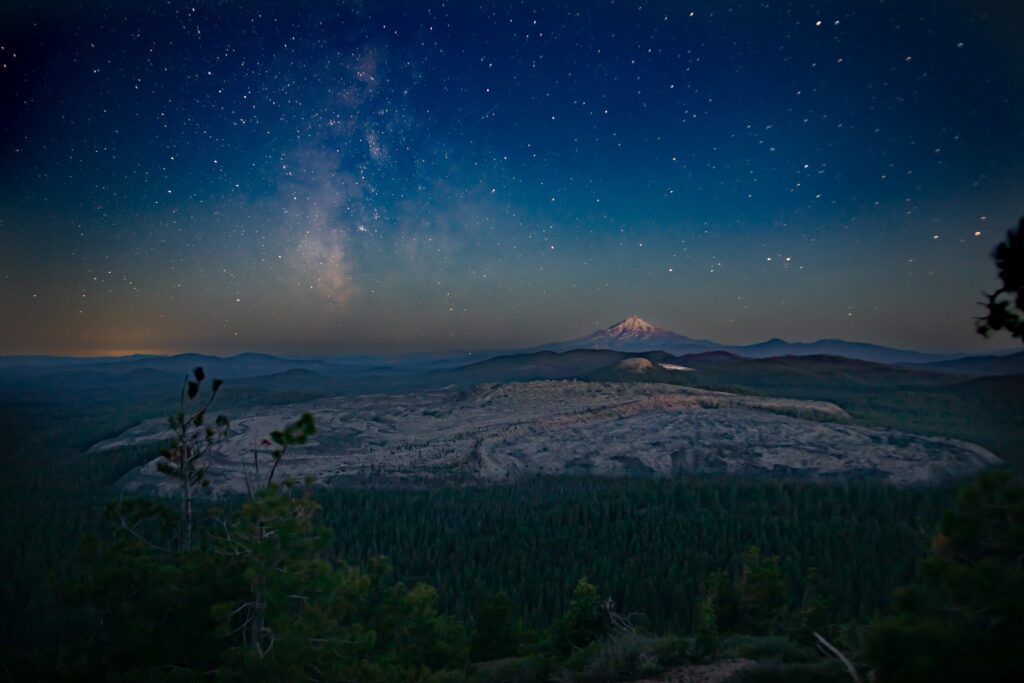
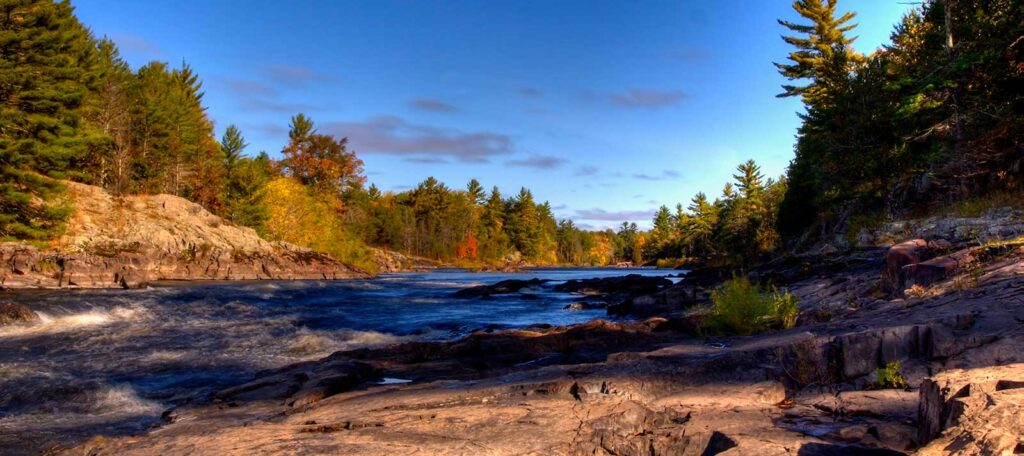
6 responses to “What River are you Drinking?”
You put it so aptly!
this gas and oil fracking is the biggest threat to our water and they pay the counties bigly! This water usage needs to be transparent and overall, BAN FRACKING IN COLORADO! think Vermont! Think ahead seven generations for our future grandchildrens’ grandchildren. Keep fracking away from these water sources! Fracking disturbs the tech tonic plates! get rid of fossil fuel extraction in Colorado!
Before the settlers in America in the 1500s, people drank from every river. How many rivers can people drink from now without any treatment?
Thanks for making the connections. Often our drinking water source is also the source for industrial uses as well– from hydraulic fracturing which uses millions of gallons of fresh water per well to prepping and processing coal and creating chemicals for plastics production. We have to pay attention to both the volume of water extracted from our drinking sources and the waste that’s allowed to be put back in the rivers after use.
What river water is in your bottle water
Nicely done American Rivers! I always tell people to consider where their water comes from / what rivers they are drinking. This is a great start to raise awareness of the connection. And thank you for the shout out about the new national map – who is protecting these waters is important too.